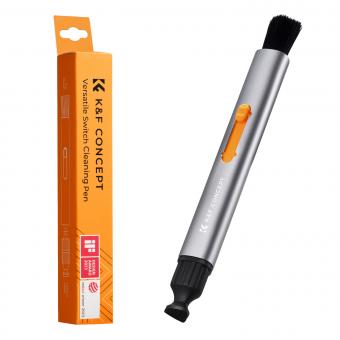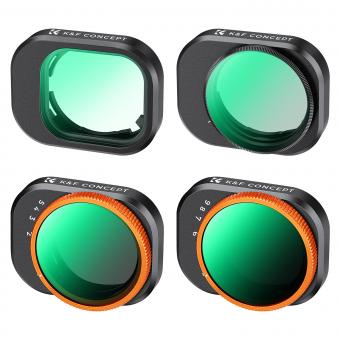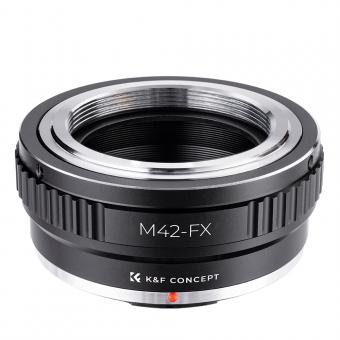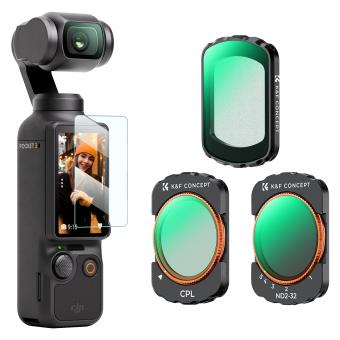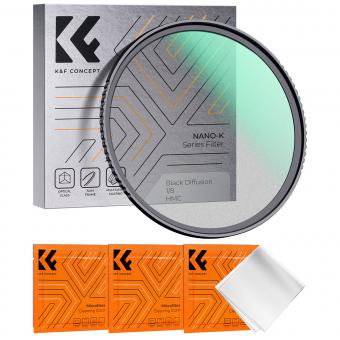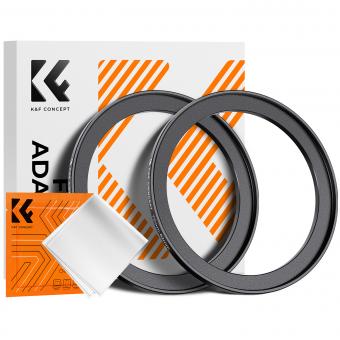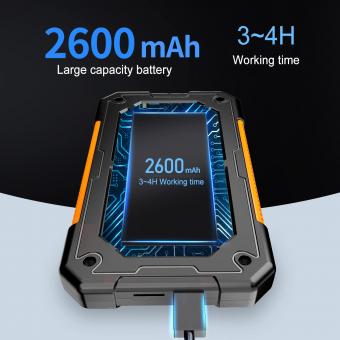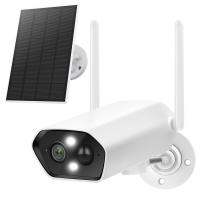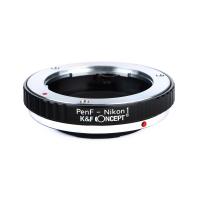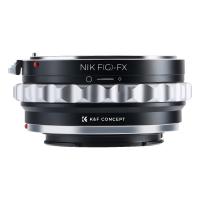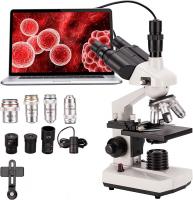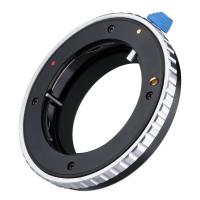How To Endoscopes Work ?
Endoscopes are medical devices that allow doctors to view the inside of a patient's body without making large incisions. They work by using a long, thin, flexible tube with a camera and light source at the end. The tube is inserted into the body through a natural opening or a small incision, and the camera sends images back to a monitor for the doctor to view.
The endoscope can be used to examine various parts of the body, such as the digestive tract, respiratory system, and urinary tract. It can also be used for procedures such as biopsies and surgeries. The doctor can manipulate the endoscope to move around inside the body and get a better view of the area being examined.
Endoscopes have revolutionized the field of medicine by allowing doctors to diagnose and treat conditions with less invasive procedures, reducing the risk of complications and improving patient outcomes.
1、 Optical System
How do endoscopes work? Endoscopes are medical devices that allow doctors to see inside the body without making large incisions. They are used for a variety of procedures, including colonoscopies, bronchoscopies, and laparoscopies. The basic principle behind endoscopes is the use of an optical system to transmit images from inside the body to a monitor outside.
The optical system of an endoscope consists of a lens, a light source, and a fiber optic cable. The lens is used to focus the light onto the area being examined, while the fiber optic cable transmits the image back to the monitor. The light source is typically an LED or halogen bulb, which provides bright, white light to illuminate the area being examined.
The latest point of view on endoscopes is the development of advanced imaging technologies, such as high-definition and 3D imaging. These technologies provide clearer and more detailed images, allowing doctors to better diagnose and treat medical conditions. Additionally, some endoscopes now include additional features, such as the ability to take biopsies or perform therapeutic procedures.
In conclusion, endoscopes work by using an optical system to transmit images from inside the body to a monitor outside. The latest advancements in imaging technology have improved the quality and accuracy of endoscopic procedures, making them an increasingly important tool in modern medicine.
2、 Light Source
How do endoscopes work? Endoscopes are medical devices that allow doctors to see inside the body without making large incisions. They consist of a long, thin tube with a camera and light source at the end. The camera captures images of the inside of the body and sends them to a monitor for the doctor to view.
The light source is a crucial component of endoscopes. It illuminates the area being examined, allowing the camera to capture clear images. In the past, endoscopes used incandescent bulbs as their light source. However, these bulbs generated a lot of heat and had a short lifespan. Today, most endoscopes use LED lights, which are brighter, cooler, and longer-lasting.
The latest point of view on endoscope technology is the development of wireless endoscopes. These devices use tiny cameras and LED lights that are attached to a flexible, wireless capsule. The capsule is swallowed by the patient and travels through the digestive system, capturing images along the way. The images are transmitted wirelessly to a receiver worn by the patient or a nearby computer.
In conclusion, endoscopes work by using a camera and light source to capture images of the inside of the body. The light source is a critical component that illuminates the area being examined. The latest development in endoscope technology is the use of wireless endoscopes, which offer a less invasive and more comfortable option for patients.
3、 Camera System
Endoscopes are medical devices that allow doctors to view the inside of the body without making large incisions. They are used to diagnose and treat a variety of medical conditions, including digestive disorders, respiratory problems, and joint injuries. Endoscopes work by using a camera system to capture images of the inside of the body and transmit them to a monitor for the doctor to view.
The camera system of an endoscope consists of a small camera attached to the end of a flexible tube. The tube is inserted into the body through a natural opening or a small incision. The camera captures high-quality images of the inside of the body, which are transmitted to a monitor in real-time. The doctor can then use these images to diagnose and treat medical conditions.
The latest point of view on endoscopes is the development of advanced imaging technologies, such as high-definition cameras and 3D imaging. These technologies provide doctors with even clearer and more detailed images of the inside of the body, allowing for more accurate diagnoses and treatments. Additionally, some endoscopes are equipped with tools that allow doctors to perform minimally invasive procedures, such as removing polyps or repairing damaged tissue, without the need for surgery.
In conclusion, endoscopes are an essential tool in modern medicine, allowing doctors to diagnose and treat a wide range of medical conditions with minimal invasiveness. The camera system of an endoscope is the key component that allows doctors to view the inside of the body and make informed decisions about patient care. With the development of advanced imaging technologies, endoscopes are becoming even more effective and versatile in their applications.
4、 Image Processing
How do endoscopes work?
Endoscopes are medical devices that allow doctors to see inside the body without making large incisions. They consist of a long, thin tube with a camera and light source at the end, which is inserted into the body through a small incision or natural opening. The camera captures images of the internal organs or tissues, which are transmitted to a monitor for the doctor to view.
The latest advancements in endoscope technology have led to the development of high-definition cameras and improved image processing capabilities. These advancements have greatly improved the quality of images captured by endoscopes, allowing doctors to see more detail and make more accurate diagnoses.
Image processing plays a crucial role in the functioning of endoscopes. The images captured by the camera are processed in real-time to enhance their quality and clarity. This involves adjusting the brightness, contrast, and color balance of the images to make them easier to interpret. Image processing algorithms can also be used to remove noise and artifacts from the images, further improving their quality.
In addition to improving the quality of images, image processing can also be used to extract useful information from the images. For example, computer vision algorithms can be used to automatically detect and classify abnormalities in the images, such as tumors or lesions. This can help doctors make more accurate diagnoses and plan more effective treatments.
Overall, the combination of high-definition cameras and advanced image processing capabilities has greatly improved the effectiveness of endoscopes as medical devices. They have become an essential tool for diagnosing and treating a wide range of medical conditions, from gastrointestinal disorders to respiratory diseases.




